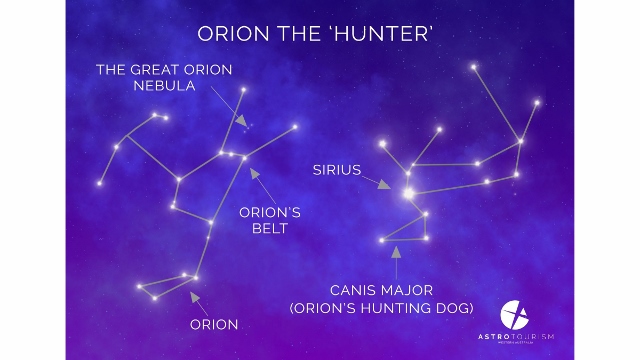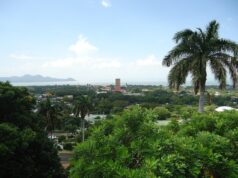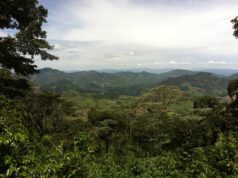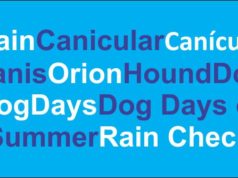In Latin, a “canicula” means a small dog (perrito), the diminutive form of “canis”, the source of the more familiar English word; canine, or all things dog. It also refers to the star Sirius, the hound of Orion, the mythical hunter. Sirius is seen in the summer and the hot sultry days from early July to early September (depending where in the world you live) have become associated with the Dog Star. The Greeks called the period “hēmerai kynades” (the dog days), ergo; “the Dog Days of Summer”.
The expert’s decision is that the canicular this year will create a “normal” break in the rainy season. Normal meaning there will be a noticeable reduction in rain from about mid-July to mid-August. The reduction will be non-uniform around the country, with higher temperatures and increased trade winds from the East -North East. However, it’s more likely to be a canicular that is between normal and wet, as opposed to being normal to dry.
With the La Niña and El Niño phenomenon being neutral, the canicular will be more of a “mixed heatwave” not completely dry but with hot, dry days interspersed with rainy days.
Tropical Waves
Rainfall will depend on the tropical waves (atmospheric, not ocean) that bring the rain in. They are low pressure systems that run from north to south and move westward from Africa into the Atlantic. They are watched carefully as most tropical storms (including Hurricanes) start as a tropical wave.
There are about 60 tropical waves in any season (April to November) and the number doesn’t vary that much, largely because they leave from the African coast every 2 to 4 days, taking about 5 to 7 days to cross the Atlantic.
How they develop as they travel depends on where in Africa they left the coast and what’s going on in front of them. A tropical wave likes low wind shear, warm waters and moist, unstable air. These conditions are usually not present in the early part of the season (May and June).
As they move westwards, approaching the Caribbean, tropical waves will find warmer waters and moist air, conditions more favorable to pick up rain, however they will also come across wind shear and the occasional Sahara dust cloud which will counter those conditions.
Sahara Dust
A phenomenon that is getting more and more news coverage over the last few years is a very dry air mass that forms over the Sahara desert and moves over the Atlantic Ocean. It reaches Central America in June and is at its height in July to the middle of August. In recent years it has become more visible.
The dust cloud will have an effect on the canicular as it will reduce the formation of clouds in the Caribbean and increase winds. Source: https://humboldt.org.ni/prensa/







